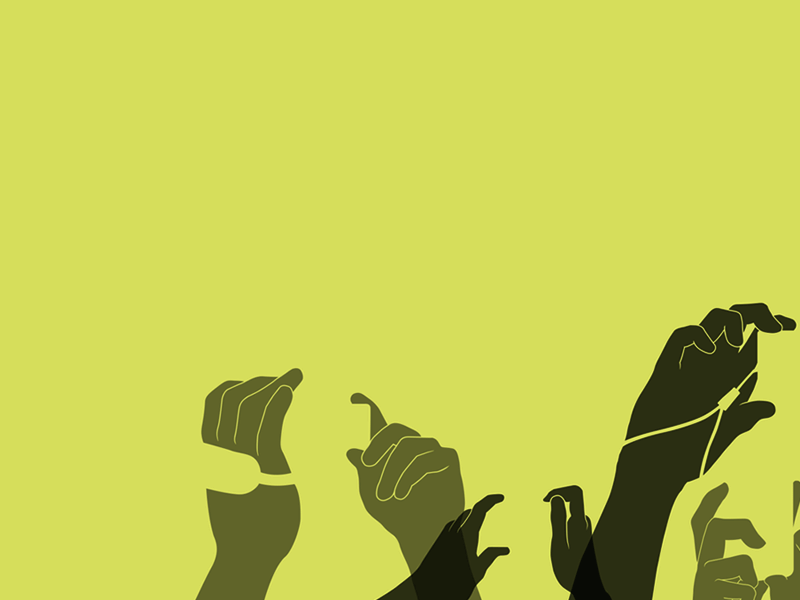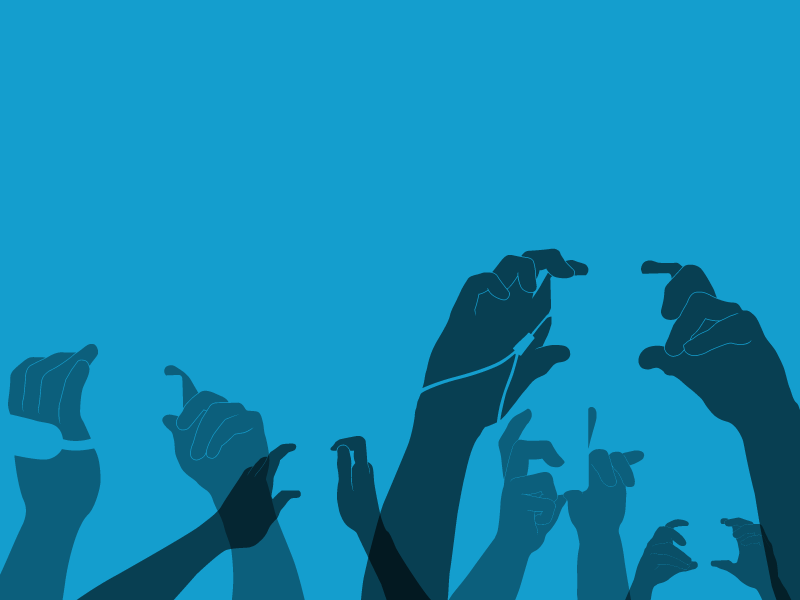From the Arab Spring, with its use of social media, cell phones and the internet, to the release of confidential documents by Wikileaks, new technologies and new approaches are challenging long-held assumptions about how human rights documentation and advocacy functions, and who does it.
Video has emerged as a key means through which human rights abuses can be exposed, while also contributing more broadly to ensuring that transparency, accountability and good governance are upheld.
But while video and other communications technologies present new opportunities for freedom of expression and information, they also present challenges and expose vulnerabilities. In the video age, more people, intentionally or inadvertently, have become human rights advocates than ever before. Those seeking to create lasting impact will need to develop new skills and systems for creating and handling human rights video, online and off. But their access, privacy and safety is dependent on a wider range of people too, from governments and international organizations, to companies such as Google, Facebook, Yahoo, Microsoft, Twitter and Nokia. Access to information, technology, skills and networks shapes who can participate — and survive — in this emerging ecosystem of free expression.
WITNESS’ Cameras Everywhere aims to ensure that the thousands of people using video for human rights can do so as effectively, safely and ethically as possible. This report is based on discussions with over 40 senior experts and practitioners in technology and human rights. It presents a roadmap to emerging trends in policy and practice at the intersection of human rights, technology, social media, and business. Cameras Everywhere goes on to make specific recommendations on how important players in the new human rights landscape can take specific, manageable steps to strengthen the practical and policy environments for human rights video, and other information and communication technologies (ICTs) used for human rights.
There are five areas that present the most pressing challenges: Privacy and Safety; Network Vulnerabilities; Information Overload, Authentication and Preservation; Ethics; and Policy.



